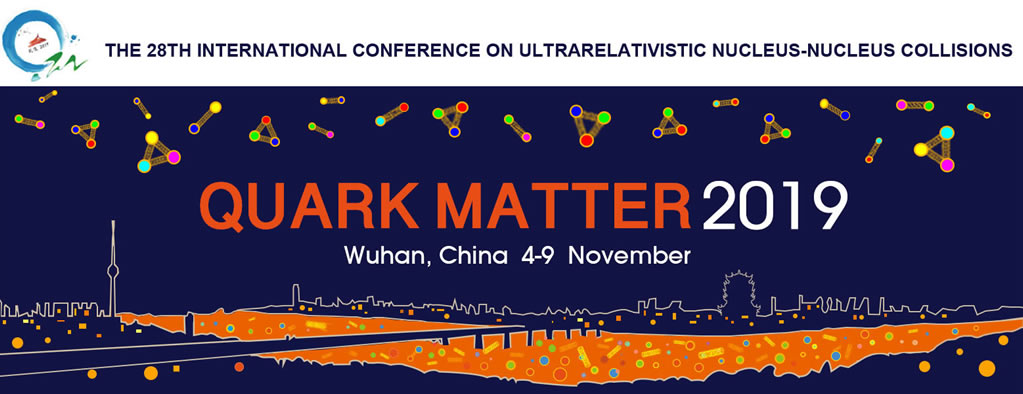Speaker
Description
Elliptic flow is one of the most important observables in the relativistic heavy ion collisions. It can provide us opportunities to study the early evolution of the expanding system. In this poster, we will present elliptic flow of identified particles ($\pi^{\pm}$, $K^{\pm}$, $p$($\bar{p}$), $K_{S}^{0}$, $\Lambda$($\bar{\Lambda}$), $\phi$, $\Xi^{-}$($\bar{\Xi}^{+}$), $\Omega^{-}$($\bar{\Omega}^{+}$)) at midrapidity ($\eta <$ 1) as a function of transverse momentum for three centrality classes in Au+Au collisions at $\sqrt{s_{NN}}$ = 27 and 54.4 GeV. The systematic study of $\phi$ mesons and multistrange hadrons ($\Xi^{-}$($\bar{\Xi}^{+}$), $\Omega^{-}$($\bar{\Omega}^{+}$)) will be mainly discussed. These particles have small hadronic re-scattering cross sections and supposed to be sensitive to partonic phase. It is argued that the additional radial flow gained in the hadronic phase modifies the $v_{2}(p_{T})$ shape. Due to the different sensitivity to hadronic interactions of protons and $\phi$ mesons, the mass ordering of $v_{2}$ could be broken between protons and $\phi$ mesons in the low $p_{T}$ range ($p_{T} < $1.5 GeV/c) . The energy dependence of mass ordering between proton and $\phi$ meson $v_{2}$ in the low $p_{T}$ region will be discussed. These results provide us an opportunity to study hadronic contributions on $v_{2}$ measurements as a function of collision energy.
